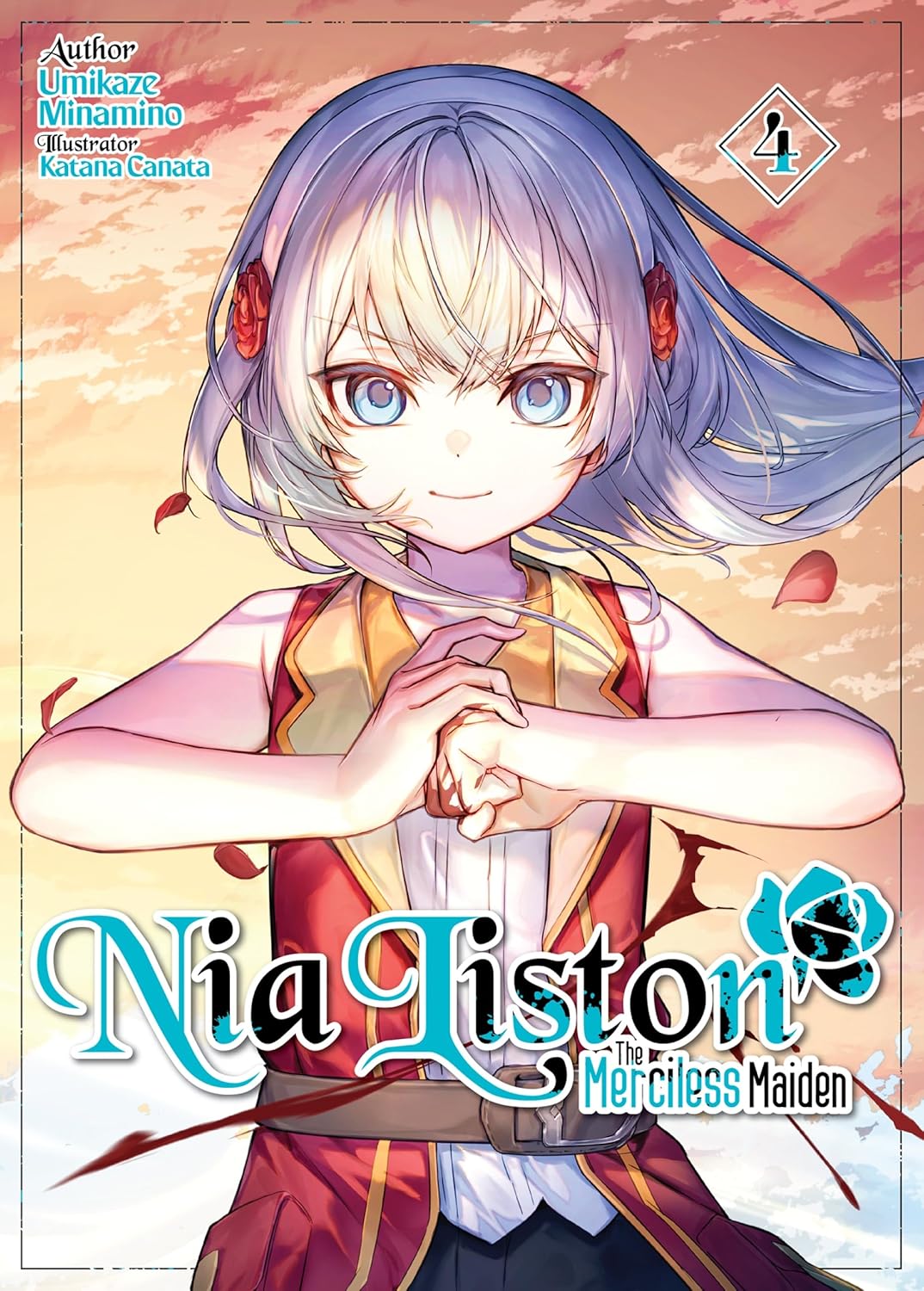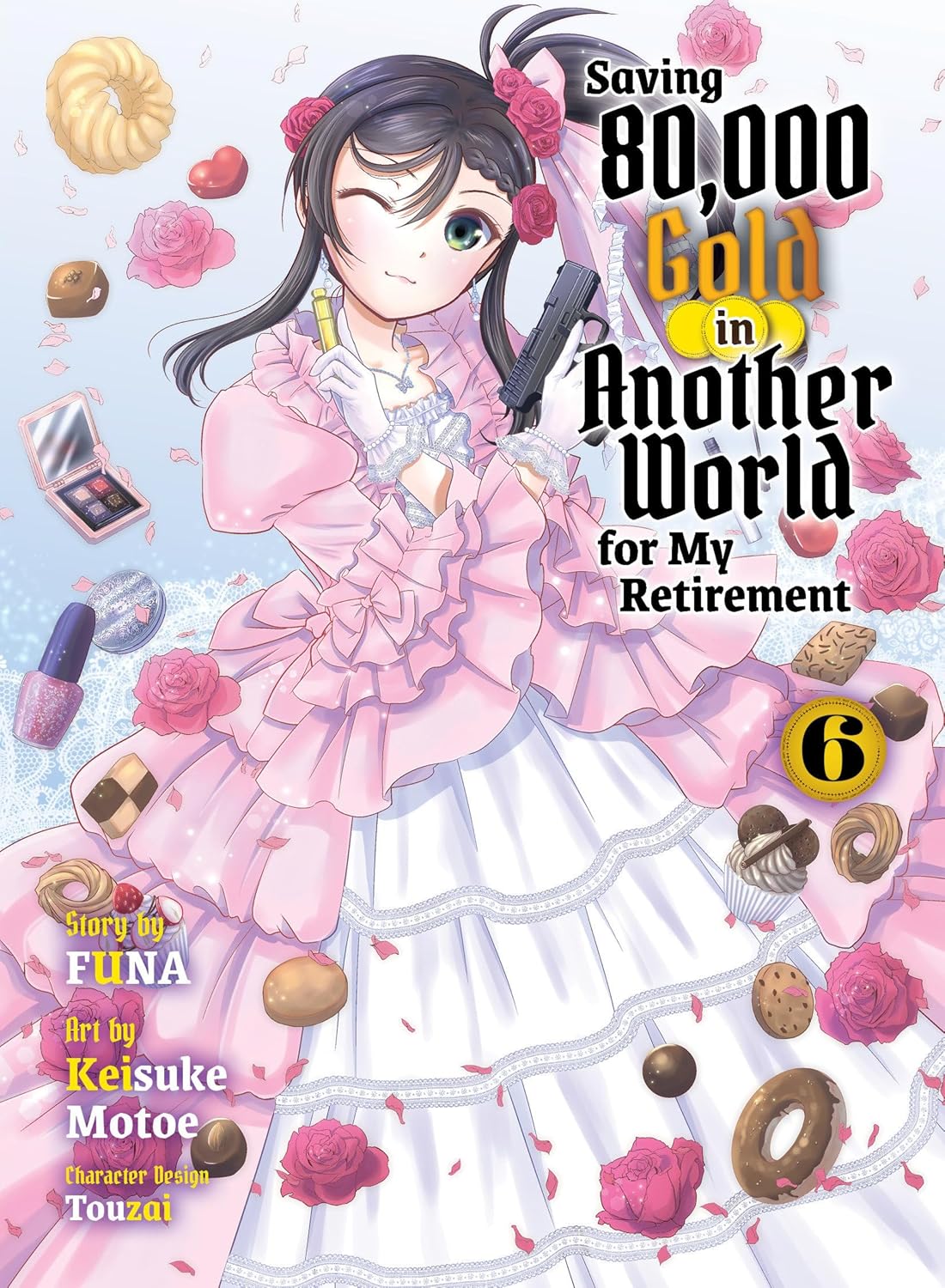By Umikaze Minamino and Katana Canata. Released in Japan as “Kyōran Reijō Nia Liston: Byōjaku Reijō ni Tenseishita Kami-goroshi no Bujin no Kareinaru Musō Roku” by HJ Bunko. Released in North America by J-Novel Club. Translated by okaykei.
I will admit, as I was reading this new volume about a small little girl beating the absolute hell out of things she has no business beating, I could not help but think of Do-Over Damsel, which has an anime running this fall and also features lots of this sort of thing. They even have similar “this is vaguely creepy but doesn’t quite cross a line, but I’m watching you” characters. That said, whereas with Jill I tend to really enjoy it when she finally lets loose and lets violence be her answer for everything, with Nia there’s no question that the magivision has become more interesting to me. There’s simply not much about Nia murdering ancient giant crabs by punching them a few times that I can say anything about, beyond “nice punch”. But if she’s being manipulated by royalty (again) or trying to think of things to get ratings besides outrunning dogs, I’m intrigued. And, so far, those are the two plots – though that may change soon.
Nia is a bit grumpy at the start of this book. Relia has stolen Nia’s thunder with the paper play show, and everyone in the school is talking about it. That said, she’s not frustrated enough that she won’t help Hildetaura come up with her own popular show – even if the extent of Nia’s help is “let me ask my brother to be clever for me”. Her greater concern, though, is earning that one billion. Adventuring is earnin g tons of cash, but tons is not enough. As a result, she and Lynokis take a trip over the holidays to a different country filled with expensive monsters that Leeno – or rather, Leeno’s child assistant – can murder without destroying their value as a carcass/magic corpse. Unfortunately, doing feats no one has been able to do in a hundred years attracts the wrong kind of attention.
Possibly the most interesting part of this book was the occasional “had I but known” hint that implies things are going to go very badly for Nia at some point in the future, implying she may have to flee the kingdom. Certainly, while she can quickly take action when her future is definitely being threatened, she is otherwise completely uncaring about being manipulated by the two royal princes in order to get what they want – and, let’s face it, Nia’s best resource is her position as Nia Liston, not her secret super strength. She’s a celebrity, and outrunning dogs is all very well and good, but that’s just more important than punching crabs. Unfortunately, a lot more crab punching may be needed to get that tournament, so I suspect we’ll be getting more fighting next time, though it’s also possible that the politics that threatened in this book overflow at last.
This was a decent volume, but again, I’d like a bit less “Nia hits things”, please.



